Study: Accuracy and Interobserver-Agreement of Respiratory Rate Measurements by Healthcare Professionals, and Its Effect on the Outcomes of Clinical Prediction/Diagnostic Rules
It has long been known that inter- and intra-assessor variability is a common finding in patient assessment by health professionals. This finding holds true both for subjective assessment, for example, estimating a patient’s weight; and objective assessment such as that highlighted here.
In the time-sensitive world of sepsis, few experts recommend that a formal calculation of SOFA score be attempted at the bedside. Instead, reliance is on clinical judgement assisted by ‘screening prompt’ scores aims at the detection of deterioration such as NEWS, MEWS, and qSOFA. Such schools are based on some evidence, and are one of our greatest assets in the battle against harm from deterioration. However, education around the use of these tools must recognize that they are only an adjunct: it is illogical, for example, to suggest that the thresholds for action around heart rate should be identical in an 18-year-old athlete and an 88-year-old with cardiorespiratory disease.
This study now highlights that our ability to reliably reproduce measurement is one of the most important markers of deterioration, respiratory rate, is impaired.
The potential impact of this variability for individual patients, as well as in improvement programs, is huge. Put simply, the variability between health professionals could make the difference between activating a sepsis pathway or not.
A key call to action arising from these findings, and applicable to all healthcare settings including in low- and middle-income countries, is that we get back to the basics and reinforce to health professionals the importance of using a timepiece to accurately record respiratory rate over a full minute.
For healthcare systems with access to technological solutions, this does also bring into question the appropriateness of infrequent intermittent observations. Continual physiological assessment, including assessment of the utility of wearable technology, could help to reduce variability and mitigate against harm. Studies have already shown that such systems have potential to reduce the time to recognition of deterioration.
This study is not transformational. What it does do is to reinforce to us the fact that we are reliant on the eyes and ears of health professionals around the world to activate treatment bundles for sepsis. It reminds us that there is variability even when trained professionals are assessing, and that repeated assessments and opportunities for juniors to request further review are essential steps in mitigating against harm arising from missing cases of sepsis.

